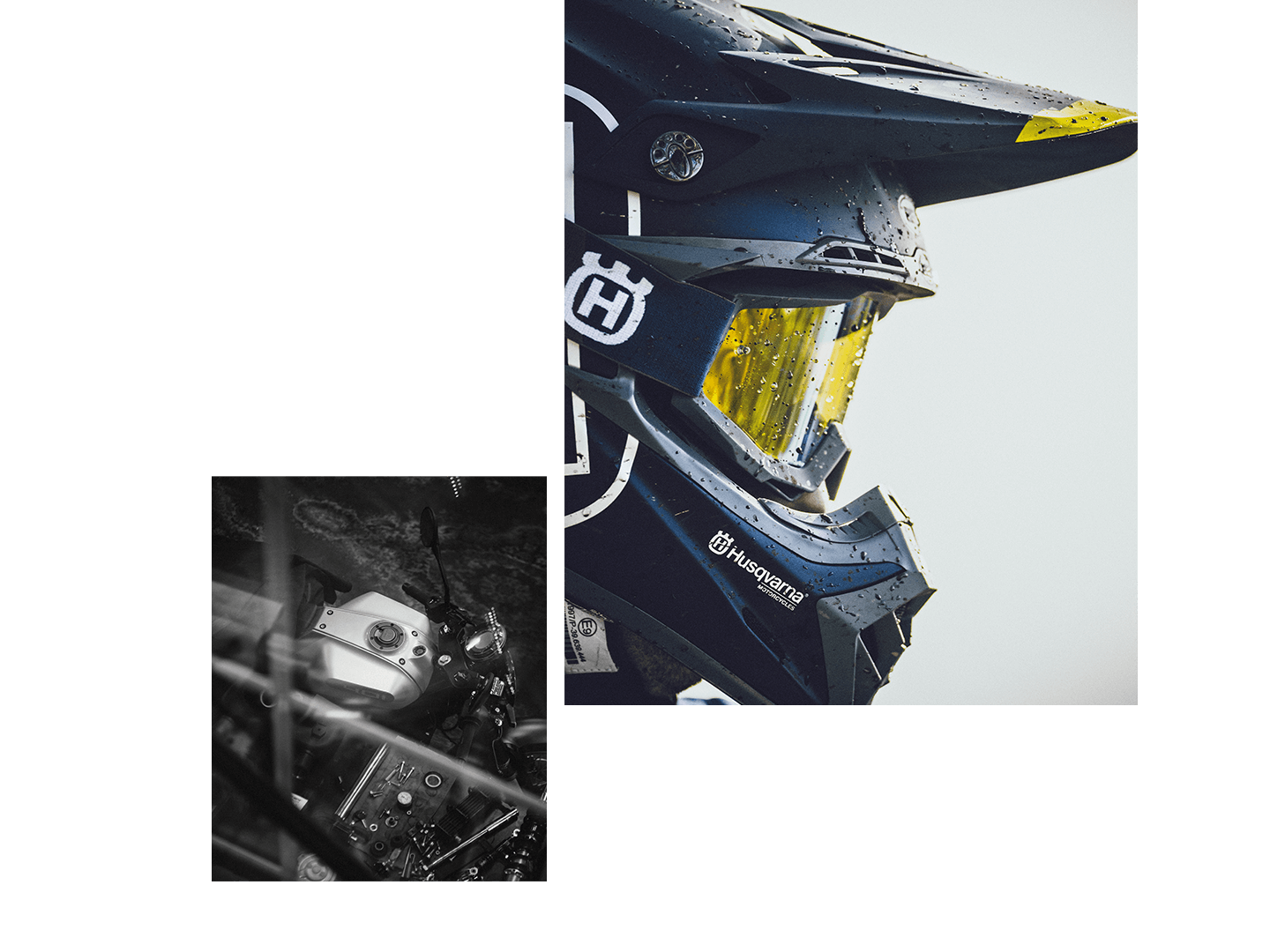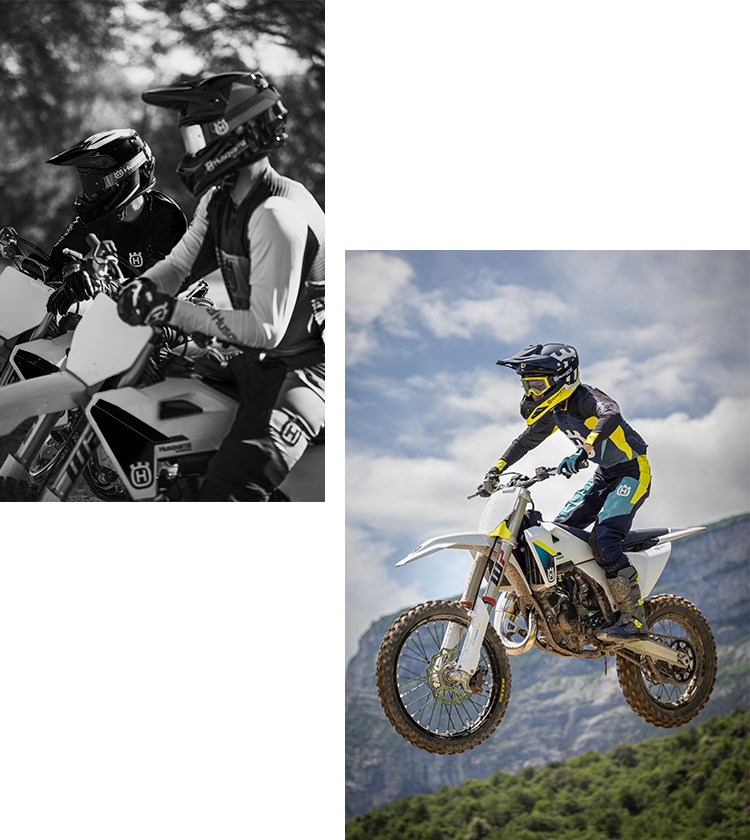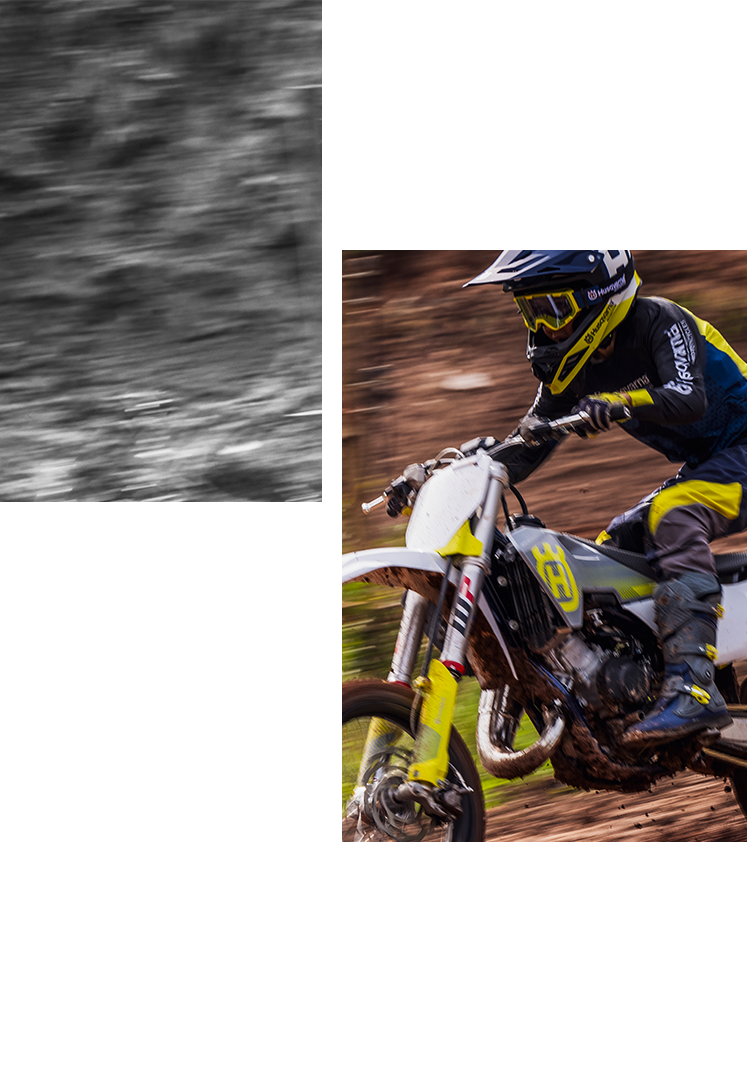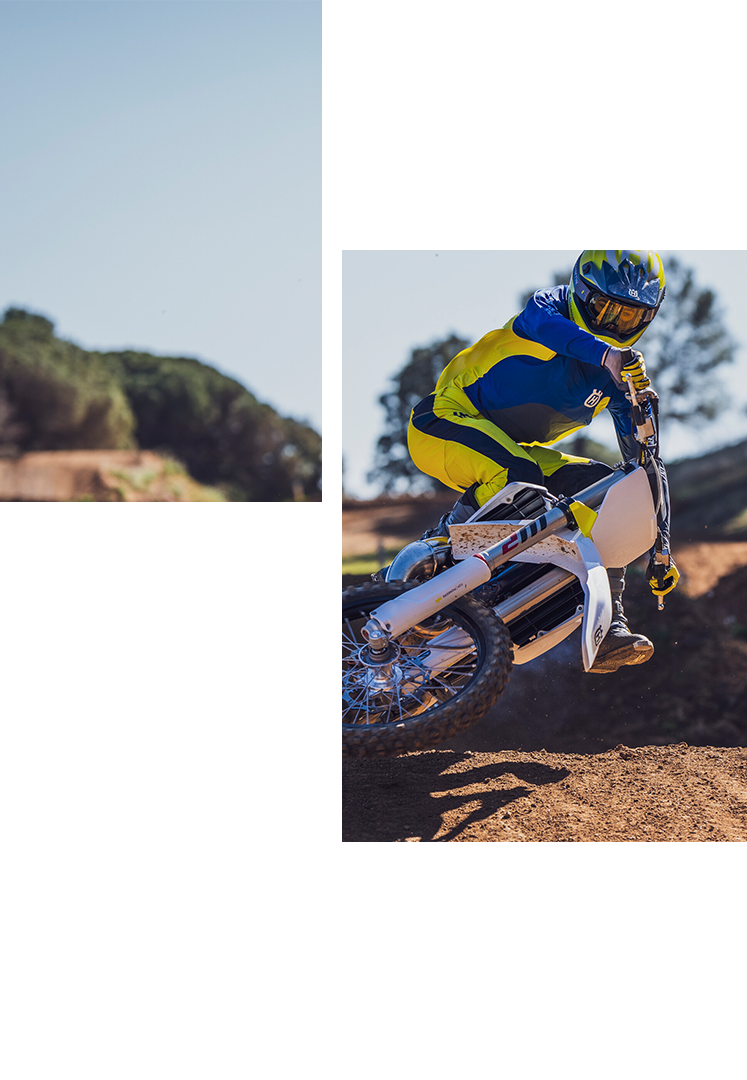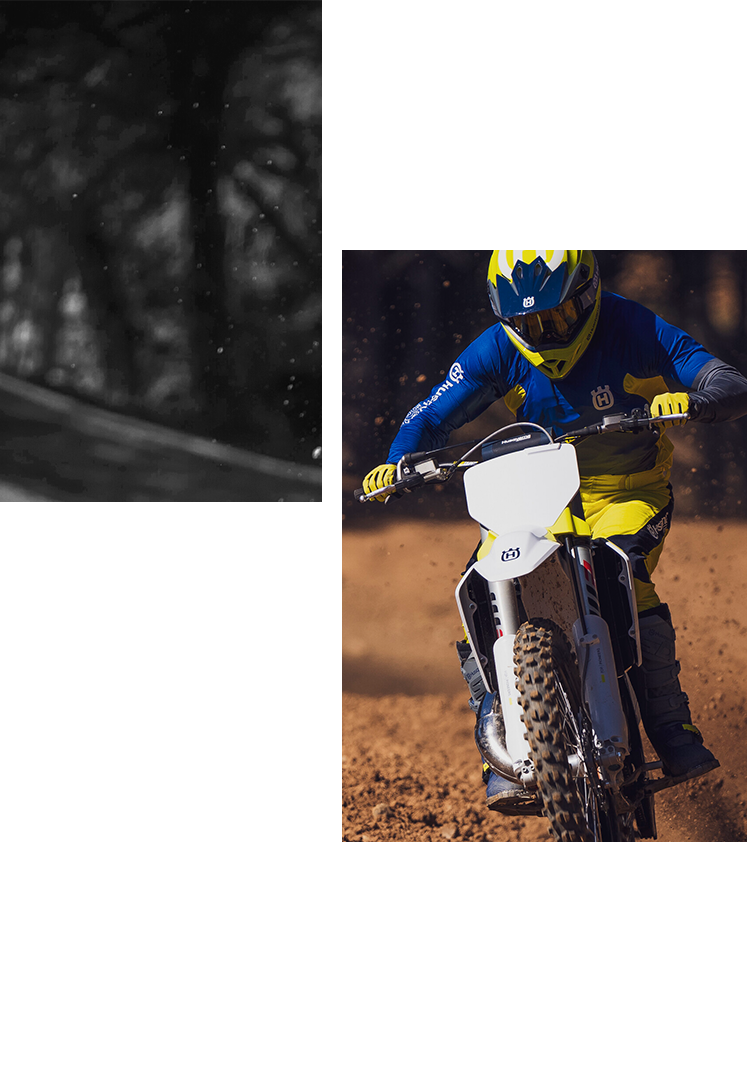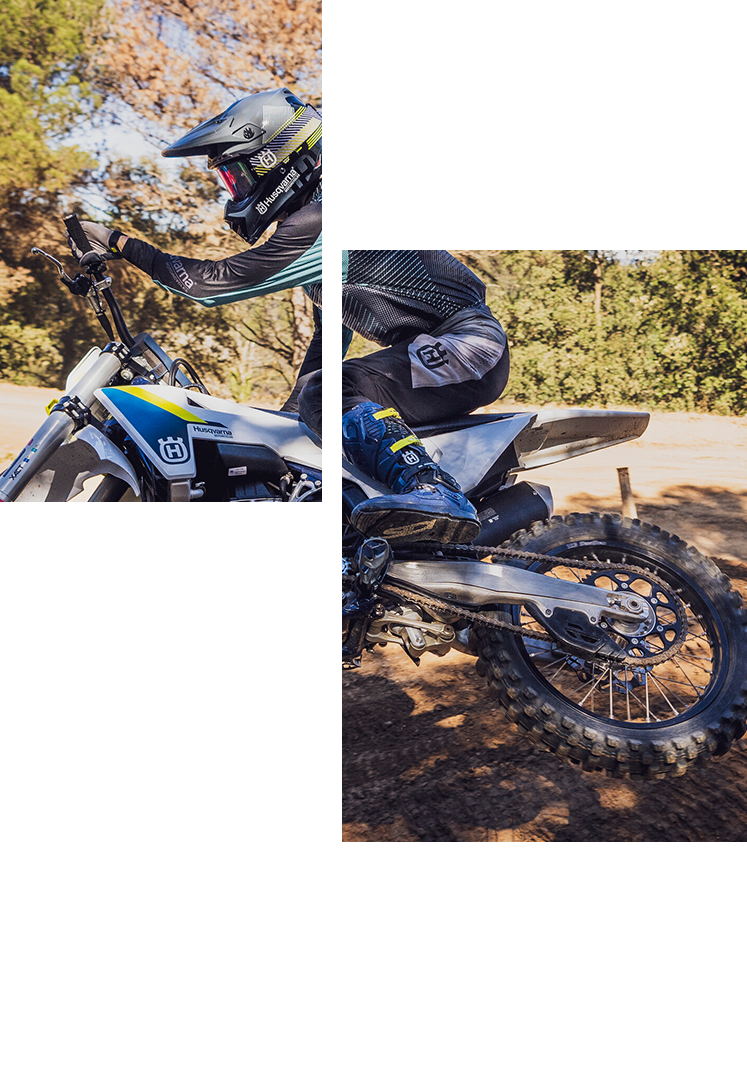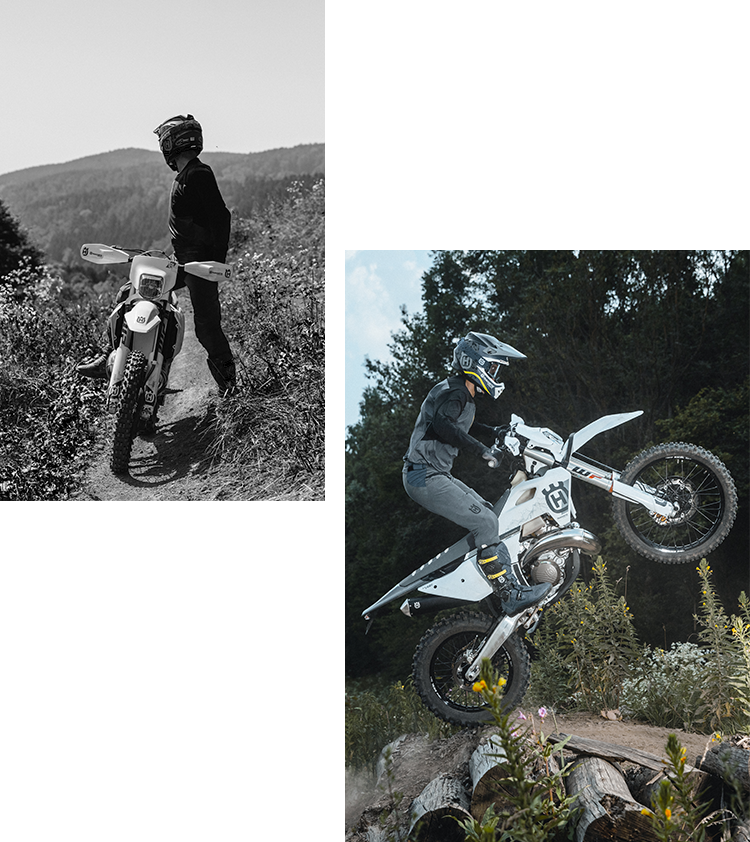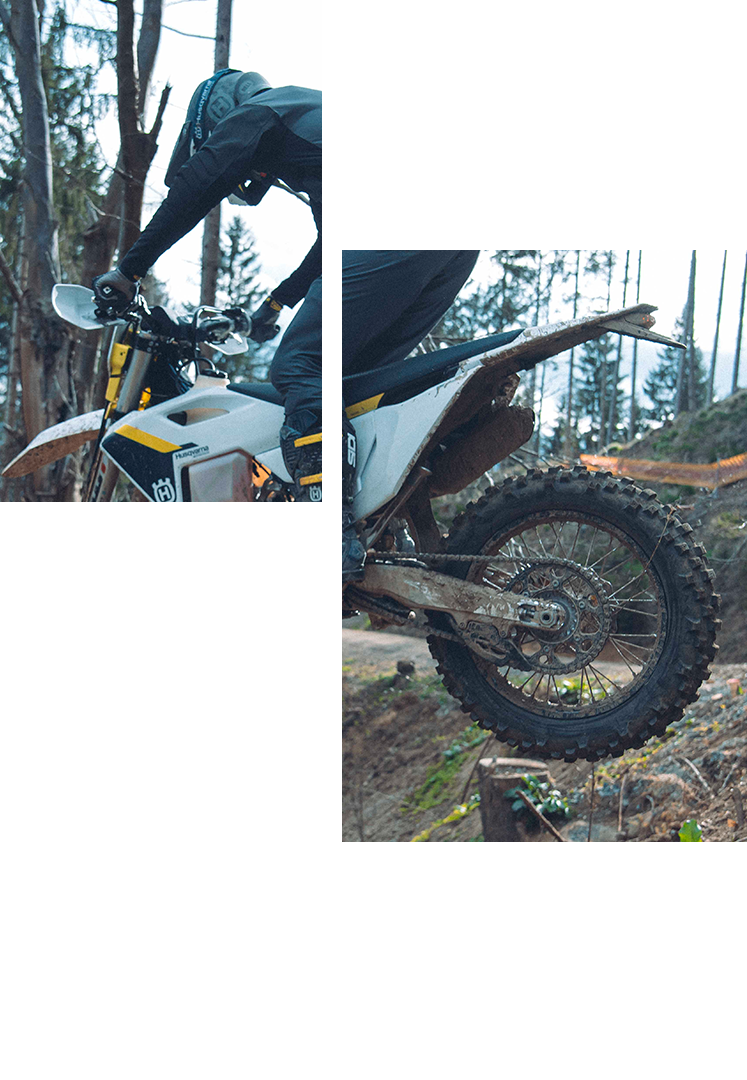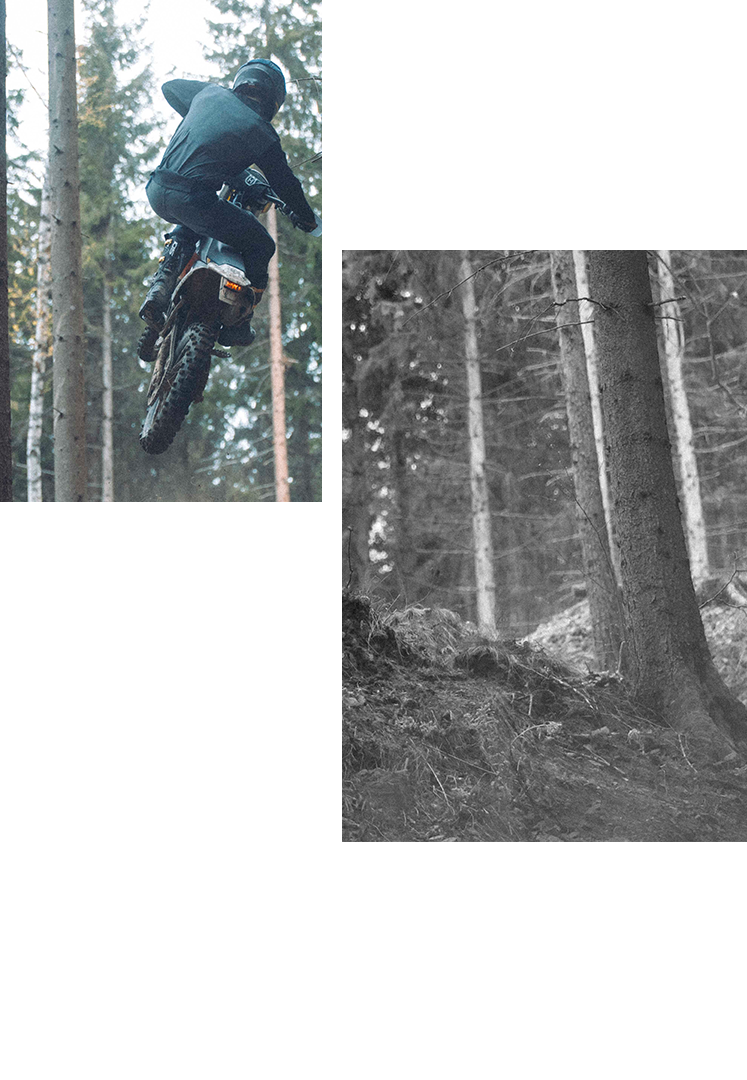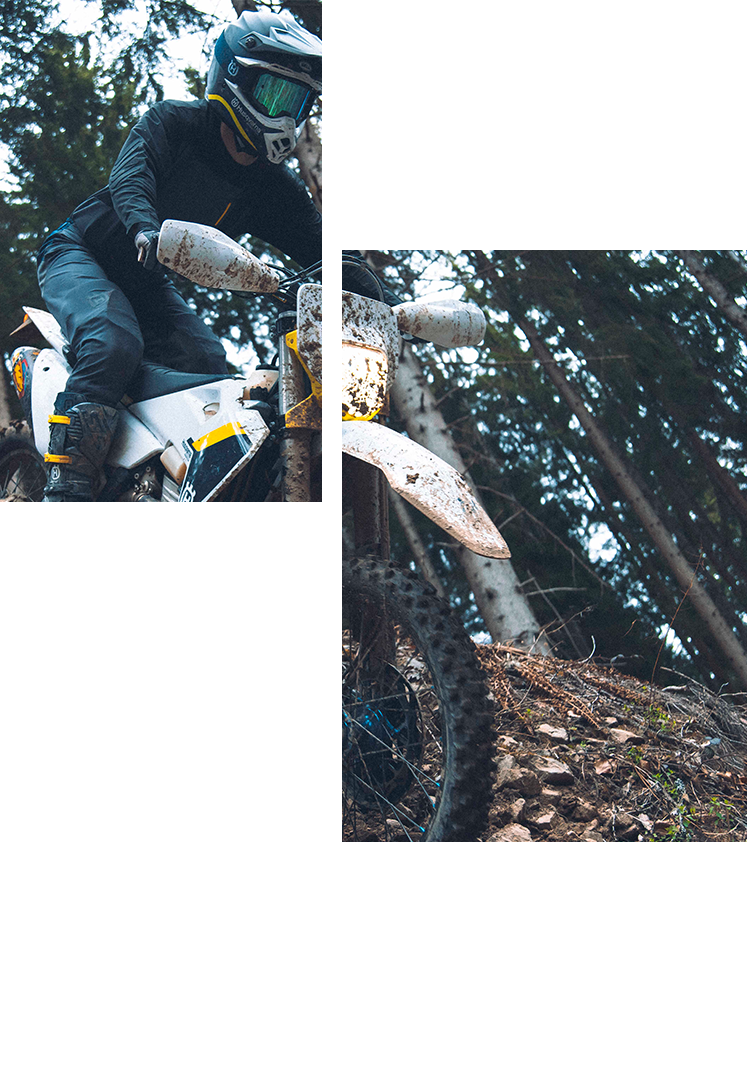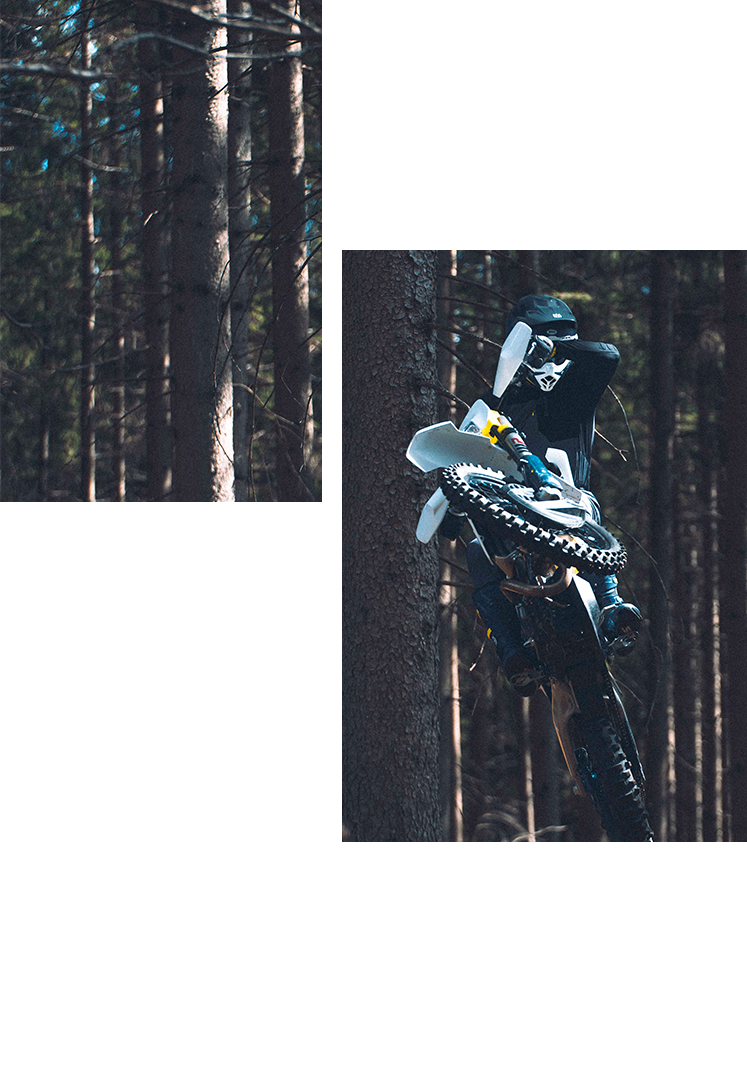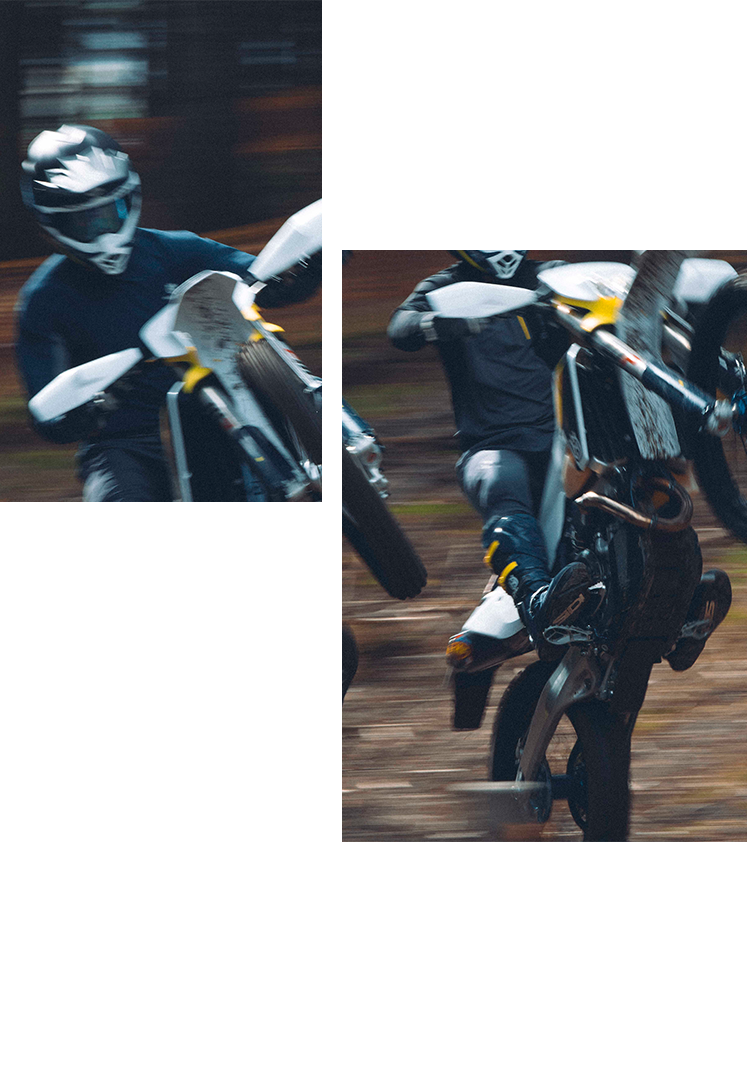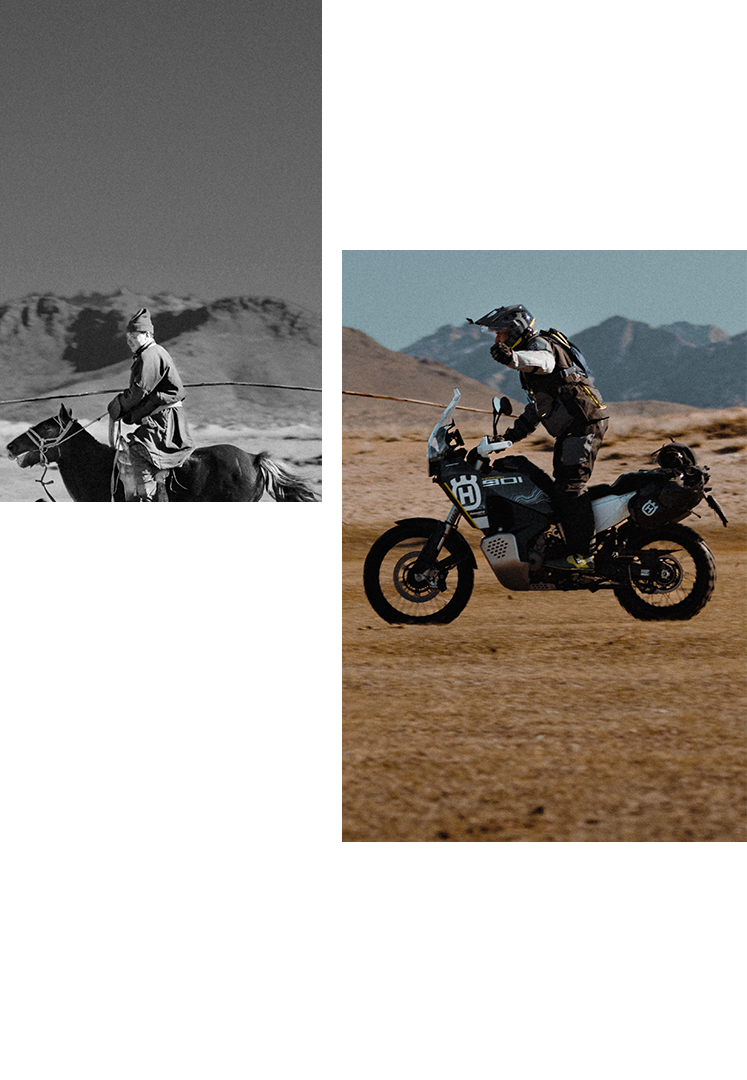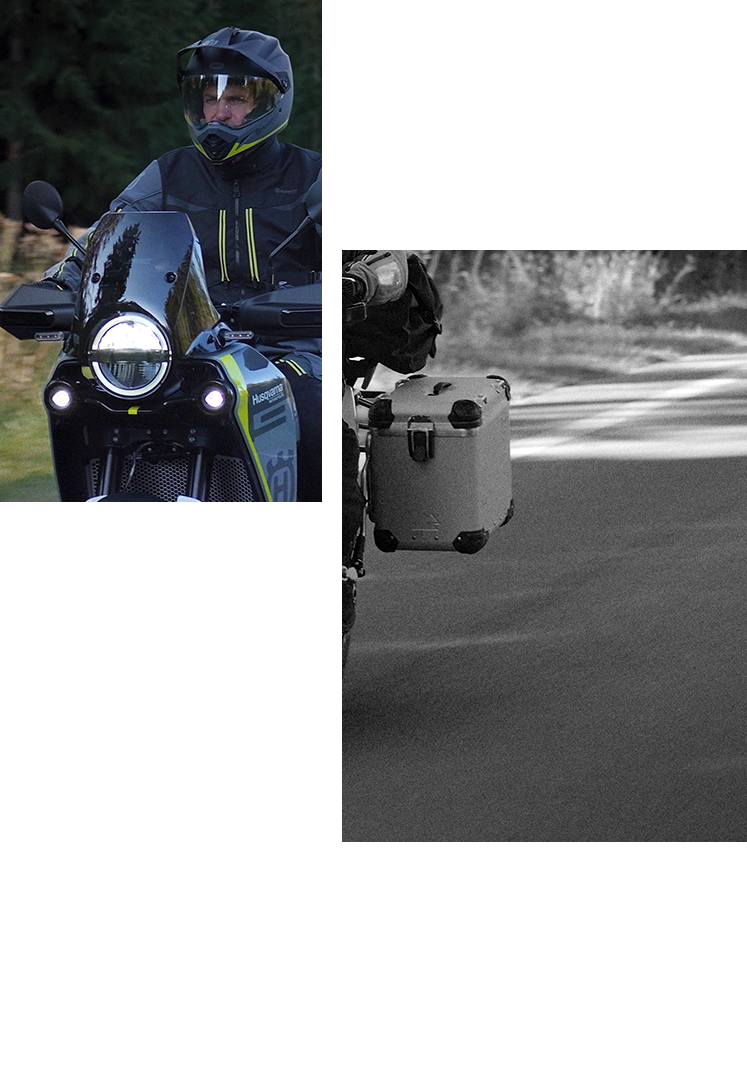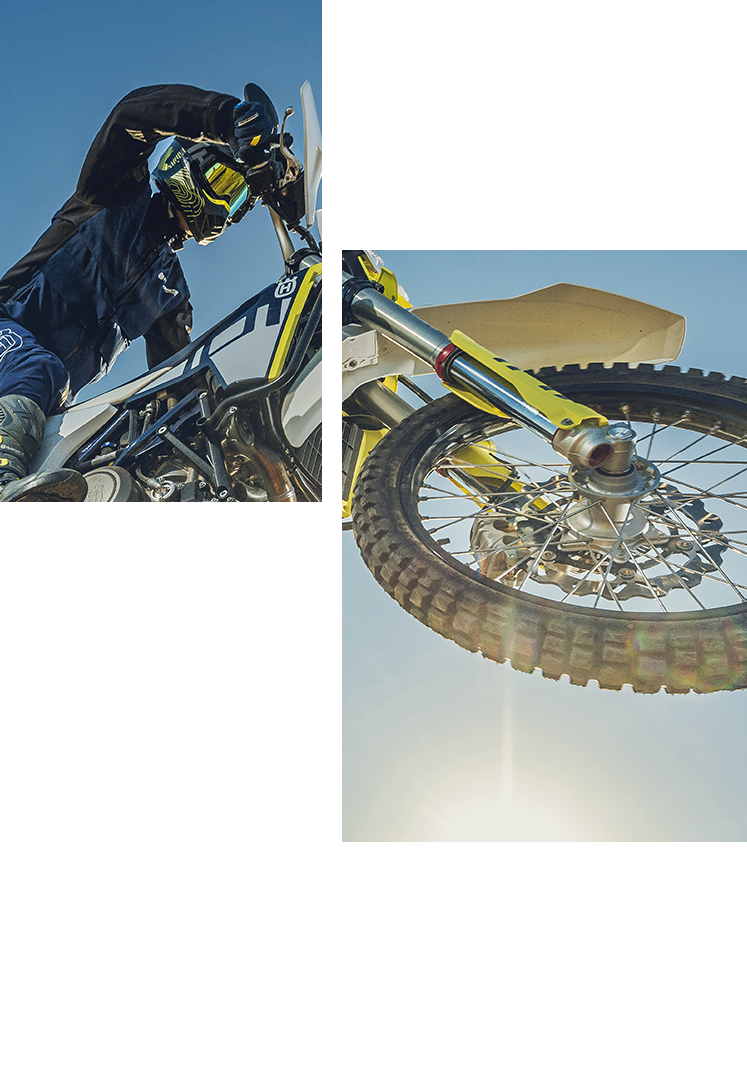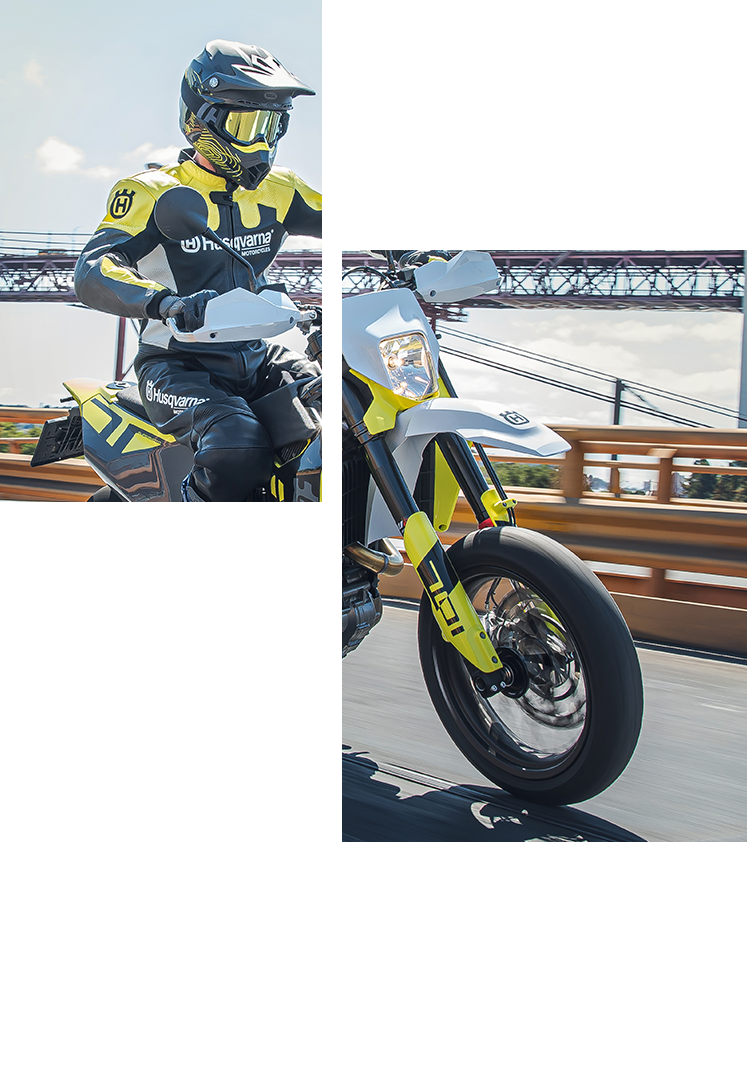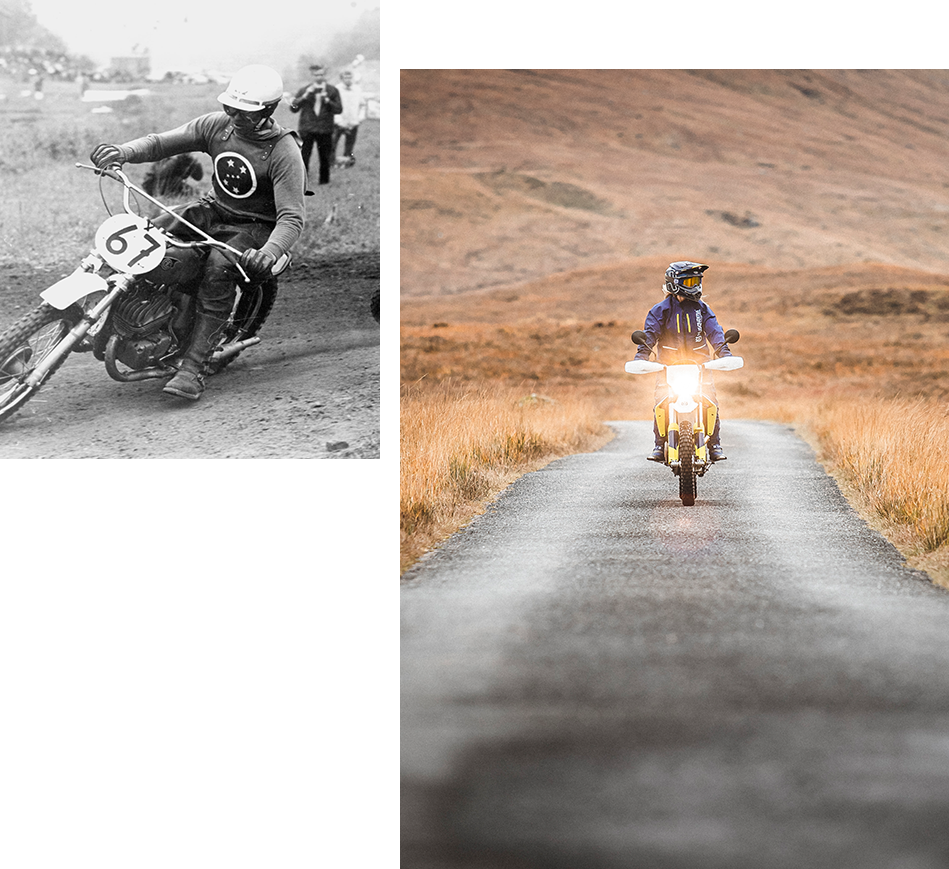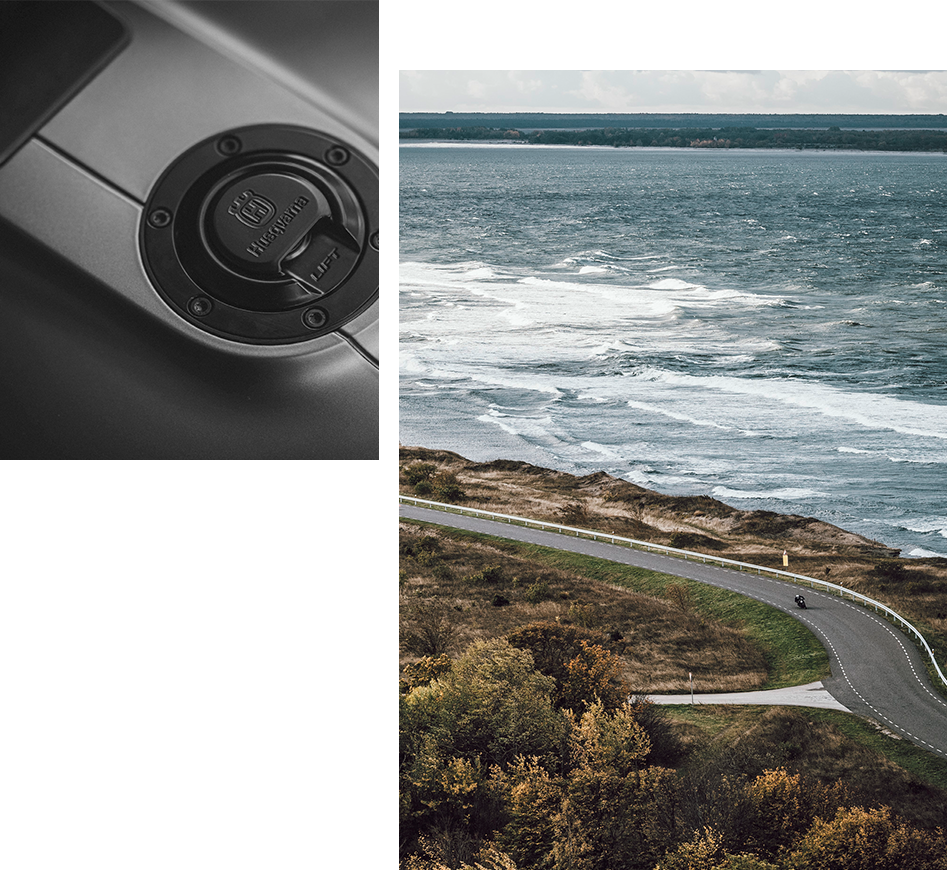Stories of this multi-purpose machine are plentiful, some more outrageous than others. How about the young couple who in the beginning of the 50s set off from Sweden for a long European trip including the countries of Germany, Holland, Belgium and finally to cosmopolitan Paris in France? They were travelling with 35 kilograms of luggage on the rear rack. Middle-school teacher Karl Sundberg and his wife recalled their long trip.
“We never encountered any problems with the machinery, nor did we have any spectacular incidents that could have slowed us down. During the entire journey, all I had to do was clean the spark plug from time to time. We had a wonderful experience and never regretted having made this 4,000-kilometre voyage.”
From the beginning this 118cc Model 20 had become the average-salary persons dream. Most people had to work hard and dig deep into their pockets in order to be able to afford this small, but efficient luxury motorcycle. In the post-war period, the ‘Angel-Wing’ became a dominating factor on the fast-growing bike market. By 1946, Husqvarna had tooled up and introduced Model 24 of the 118cc bike. It was a three-horsepower machine and cost 960 Swedish kronor at a time when most people were making around 75 kronor a week. Husqvarna manufactured some 30,000 units of this model, now named the ‘Black-Mill’ (Svart-Qvarnan in Swedish), as it had been developed according to modern standards and in 1950 the Model 27 entered the market, again with a top speed of 75 km/h.
